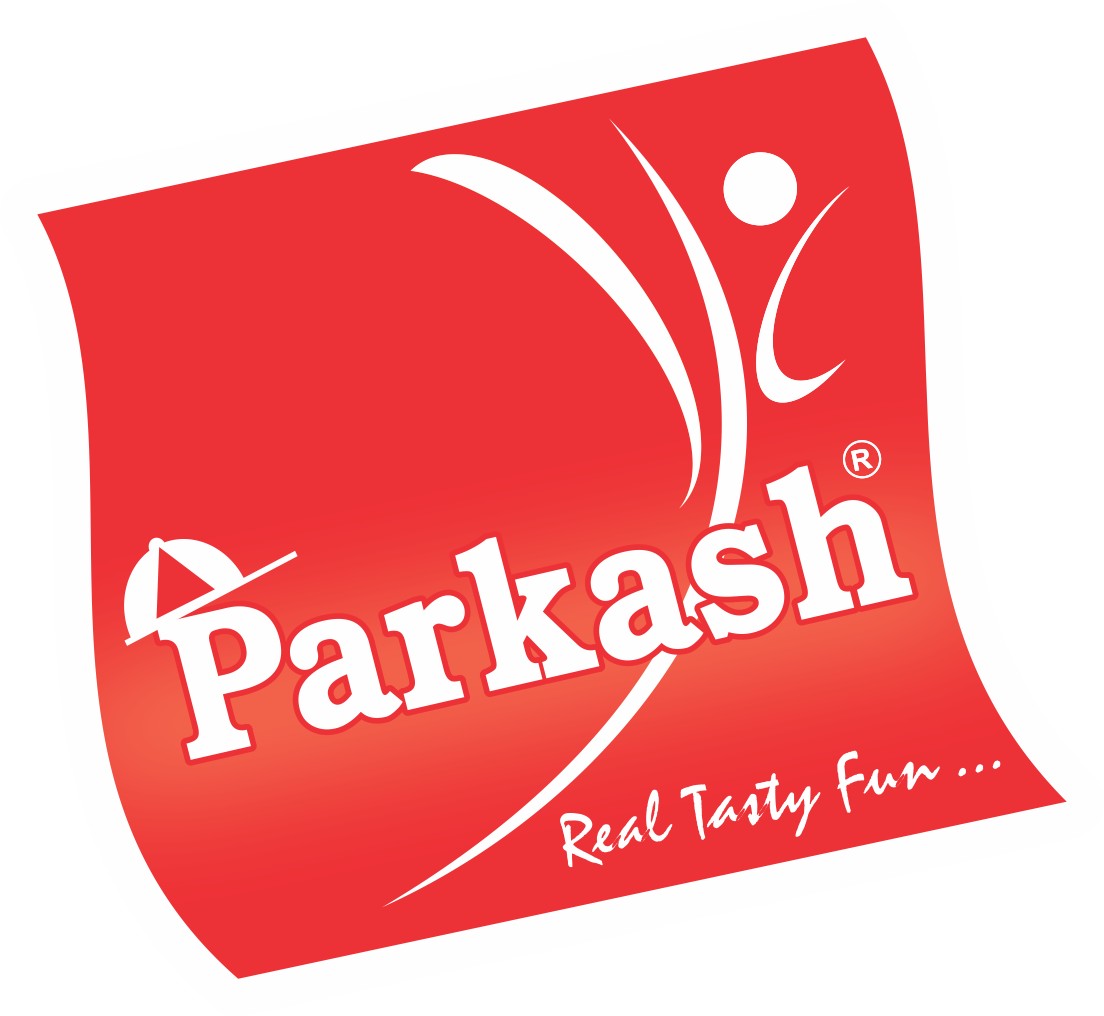Eat Healthy, Live Healthy
This division is into Manufacturing of Fortified Foods including fortification of Rice and food processing, Manufacturing of Extruded Food Products and roasted energy foods.
Why should you choose fortified rice ?
India is a leading rice producing country, with 22% of the total global rice production and 65% of India’s population consumes rice on a daily basis.
The per capita rice consumption in India is 6.8 kilogram per month. Fortification of rice makes it more nutritious by adding vitamins and minerals, many of which are lost during the milling and polishing process. Rice fortification may be considered as having the highest potential to fill the gap in current staple food fortification programs. As Rice is the staple food of 65 percent of the Indian population and reaches the most vulnerable and poorer section, Rice fortification is a cost effective, culturally appropriate strategy to address micronutrient deficiency in the country.
Our company, DEEPAM INDUSTRIES manufactures Fortified Rice Kernels that are totally untouched by human hands, thus assuring quality as well as excellence. The process is to further blend FRK with regular rice in ratio of 1:100 to create healthy, nutritious fortified rice.

PROCESS OF RICE FORTIFICATION
Rice fortification is very similar to wheat fortiifcation from a regulatory, public health and nutrition perspective. However, the method of fortifying rice is very different to that of fortifying wheat. Common method of rice fortification uses extrusion technology.
Extruded rice shaped kernels (also known as Fortified Rice Kernels-FRK) are made up of rice four, vitamins and minerals and resemble polished raw or parboiled rice grains in size and shape. These fortified kernels keep the nutrients intact even after cleaning, washing and cooking. Level of fortification needs to be followed as per the Food Safety Standards (Fortification of foods) Regulation, 2016.

NEED OF THE PROJECT
Micronutrient malnutrition is a major impediment to socioeconomic development and contributes to a vicious circle of underdevelopment, to the detriment of already underprivileged groups. It has long-ranging effects on health, learning ability, and productivity.
India has one of the highest malnutrition rates in the world. Iron and vitamin A deficiencies are ranked among the 15 leading causes of disease burden. Iron deficiency in women of child-bearing age is the second leading risk factor for increased disease burden as assessed by disability-adjusted life years. Approximately 1.7 million children are born with congenital birth defects and 7,700 children die annually due to inadequate intake of folic acid.
Food fortification in conjunction with other strategies has emerged as a strong pillar to combat micronutrient deficiencies across the globe due to its cost - effectiveness and relatively simple implementation process. The emerging evidence shows that it can improve the nutritional intake of the most vulnerable population.
Food fortification is the process of enriching food with essential vitamins and minerals that regular diets often lack. It is a wide-reaching and sustainable way communities can get greater nutritional value from the foods they eat on a daily basis.
Fortification, especially of staple food, shows merits for sustainable nutrition and high potential for scaling up. Hence, there is a need to strengthen and expand food fortification to other staple foods in India. Mass fortification of staple foods offers the opportunity to deliver key micronutrients to vulnerable populations at a low cost, without changing dietary habits. This strategy is identified by the World Health Organization (WHO) and Food and Agriculture Organization (FAO) to help decrease the incidence of nutrient deficiencies at the global level. It has been continually cited as one of the best development returns on investment.
According to the WHO and FAO, selection of an appropriate food vehicle to be fortified is governed by the following characteristics: the food should be commonly consumed on a regular basis by the majority of the population, centrally processed, and allow a micronutrient premix to be added relatively easily in a way that ensures even distribution in the product. Foods that are well suited for fortification include cereals, oils, dairy products, and condiments including salt, sauces, and sugar.
Among cereals, rice is a staple food in many developing countries. Fortifed rice means polished raw rice or polished parboiled rice blended with extruded rice shaped kernels, fortified with essential vitamins and minerals, in ratios 1:100.
There are many scientific publications on the effectiveness and efficacy of extruded fortified rice demonstrating that extruded fortified rice is safe and effective in women and children and can significantly improve hemoglobin status, iron deficiency anemia, iron deficiency (i.e., ferritin levels), total body retinol, serum retinol, night blindness, vitamin A deficiency, zinc status, folic acid status, vitamin B12 status, thiamine status, cognition, and physical performance. Many more support the acceptability and safety of extruded fortified rice that have been conducted in over 25 countries globally.
Our MISSION & VISION

To package nutrition, health & happiness in providing nutritious, quality-rich, innovative and tasty food products: By using superior grade raw material Applying top technology Prepared & packaged in maximal hygienic conditions Delivered on-time, every time In the most cost-efficient manner In an environmentally friendly way.
To become the number one internationally acclaimed company for quickest & quality supply of nutrition to the malnourished & underprivileged of the world & to serve as a showcase to others to follow, in order to accelerate alleviation of malnutrition.


